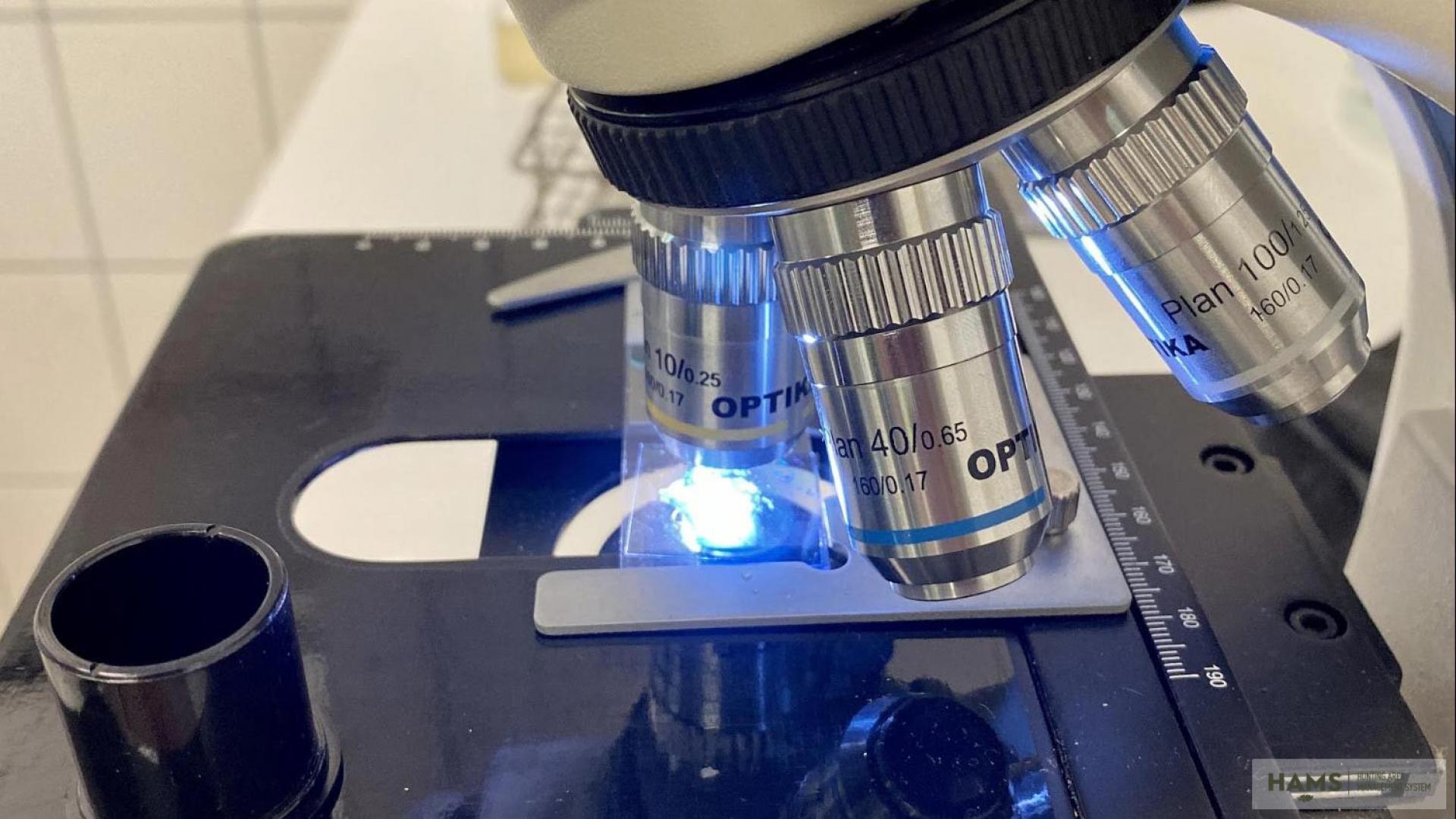A deep dive into science: microscopic analysis of herbivore faeces
Each plant species has a different epidermis (the outermost, single layer of cells that covers the leaves, flowers, stems and roots of plants), which is not digested by the animal. Thus, we can analyse what plant species had been eaten based on the epidermis.
For this, samples need to be collected from the field. However, in order for the results to be representative, the samples need to be collected randomly from multiple locations and multiple animals.
After having a collection of samples, the lab work begins. So, what does this look like?
Laboratory analysis of faeces samples
First, a few samples that we would like to work with are taken and put into a clean petri dish.
The samples are then mixed with a little bit of water so we will be able to work with it and then put in a test tube.
Then nitric acid is added in order to macerate the sample and remove the mesophyll, which are cells in the middle of the leaf that are responsible for photosynthesis.
After the added nitric acid, the mixture is heated up for one minute. This treatment clears the epidermis and makes the identification later easier.
Then, the mixture is placed onto a glass and the small plant particles are separated from the liquid. These are the particles we will be working with. The remaining liquid is removed.
A drop of colouring is added onto a microscopic slide and the particles are placed in this. A coverslip is placed on top and then put under the microscope.
Identification of the planTs
By using a microscope we examine the structure of the epidermis of the sample. Then we use a database of previously identified plants for comparison.
The above picture shows our sample through the microscope. The picture below is a photo of a vintage database used in the 1980's. These books were organised based on the class and family of the plant species. Now digital systems are more common, and easier to search.
Herbivore diet analysis methods
The analysis cannot show the diet as a whole as the animal only lives in a restricted area and the faeces only show what the animal has eaten over a certain time period. Therefore, under or overestimation of the consumed plant species might become a problem. However, it does show the proportion of the eaten plant species in a certain area.
Other methods include the direct observation of animals, fistula methods and rumen/stomach content analysis. However, we won’t always be able to observe wild animals and it’s difficult to assess the quantity of the consumed plant species. Stomach analyses, on the other hand, require the harvest of the animal, which, in the case of protected species, can be an issue.
Given this information, microscopical faecal analysis is one of the most used methods for investigating the diet composition of (wild) herbivores.




